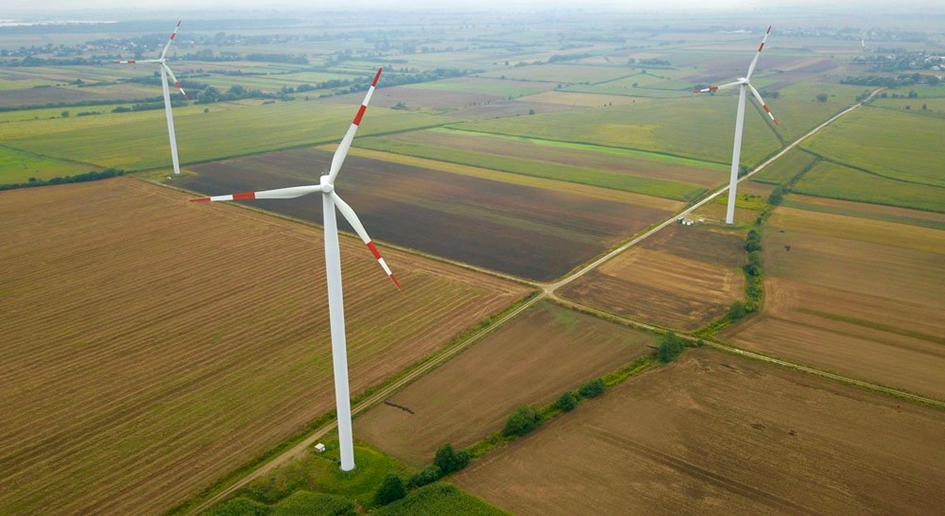
It’s difficult to appreciate just how big wind turbines are without getting up close. A 10 MW turbine can have blades longer than 70 meters, which also means the blades and the turbine itself must withstand massive forces. This, in turn, means that there are several basic safety requirements wild turbines must adhere to, the most important of which relate to stopping the turbine and blades in case of power failure or unsafe winds.
A brake failure or uncontrolled blade pitch can quickly turn into catastrophic failure, the result of which is visible to anyone with access to Youtube.
Wind turbine pitch control is one key application that’s important from both the points of safety and efficiency, and it’s also where ultracapacitors are gaining traction.
Wild turbine pitch control essentially means turning the blades towards a neutral angle in heavy winds, but the complication is that pitch control must work and supply power to turn the blades even if the main power for the blade pitch control fails.
For a long time, the industry has been relying on hydraulic or lead-acid battery systems for pitch control, but both have their own issues. Hydraulic systems are complex and require heavy maintenance, not to mention being difficult to troubleshoot when issues occur. Lead-acid batteries similarly require maintenance throughout their lifetime, leading to expensive downtime.
Ultracapacitors provide several advantages over competing technologies: practically no maintenance required throughout the 15+ year lifetime and reaction time measured in milliseconds. Ultracapacitors significantly reduce the risk of collateral damage, while decreasing maintenance cost, and increasing reliability.
 A wind turbine system with Skeleton Technologies’ ultracapacitor energy storage
A wind turbine system with Skeleton Technologies’ ultracapacitor energy storage
However, safety is if course not the only concern for wind turbine manufacturers, who need to figure out whether ultracapacitors can provide a good business case?
During the last decade, the price of ultracapacitors has decreased to a level where the cost of initial investment is comparable to batteries for short-term applications, but total cost of ownership is where ultracapacitors truly shine. Long lifetime combined with minimal maintenance results in minuscule operating expenses, something unheard of in the world of batteries and hydraulic systems.
 Ultracapacitors already provide a massive advantage
Ultracapacitors already provide a massive advantage
compared to lead-acid batteries
A simple example comparing a lead-acid battery system and an ultracapacitor-based system for a 2.5 MW wind turbine shows the huge savings ultracapacitors can provide, both in initial capital expenditure as well as operating expenses throughout the lifetime of the system. Source Skeleton Technologies
For more information about ultracapacitors, contact Nijkerk Electronics.
